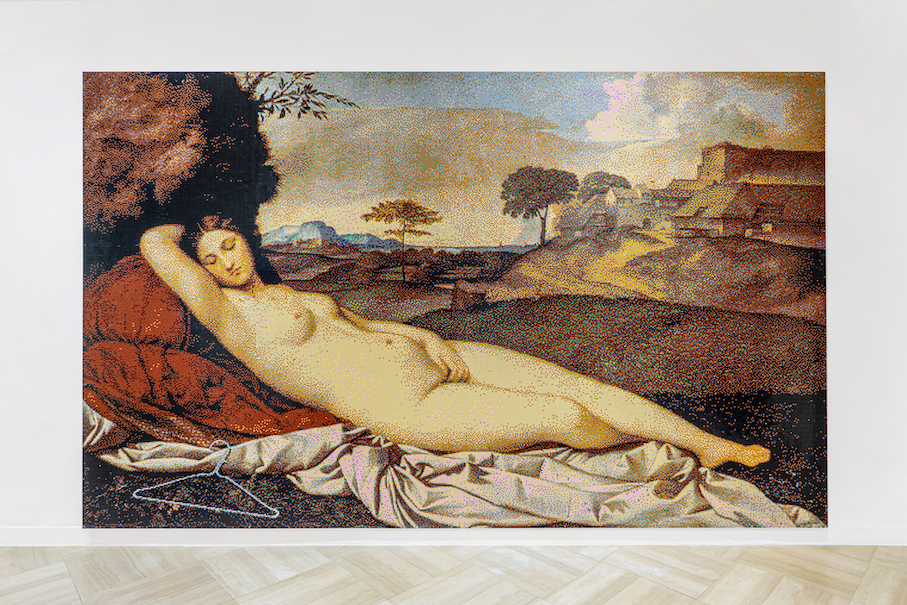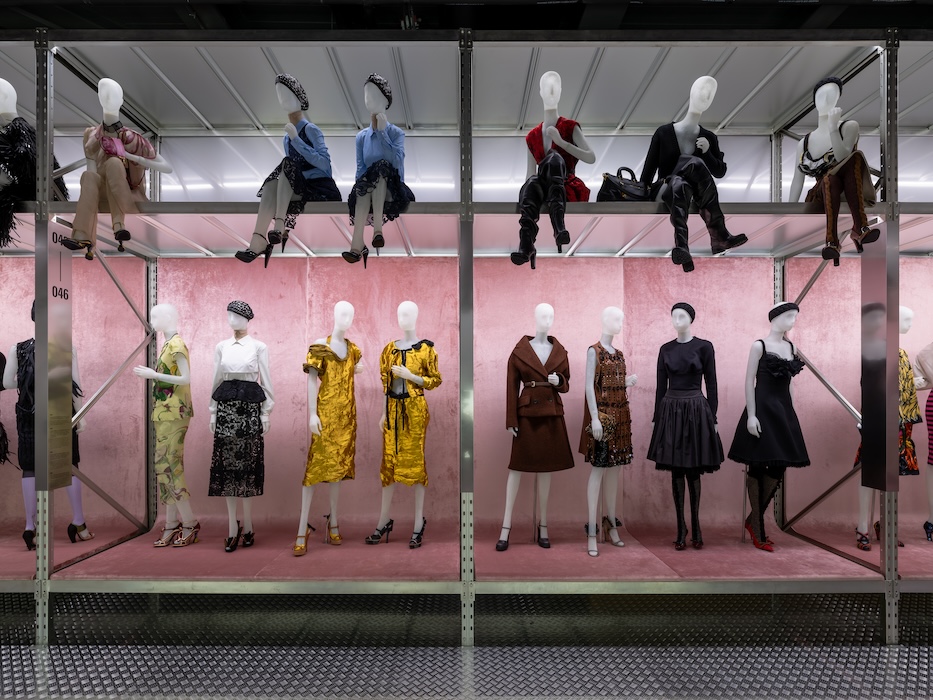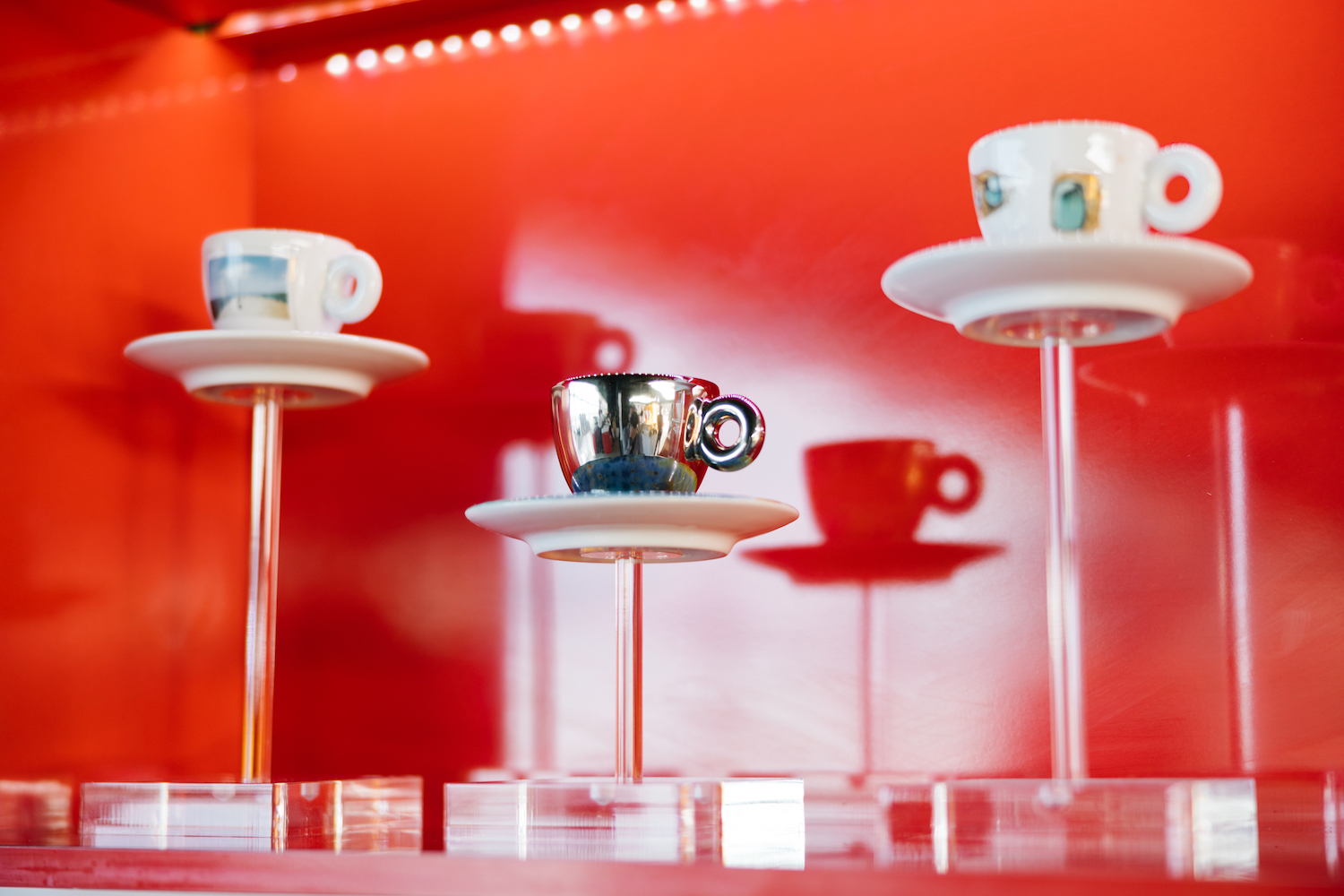Earlier this month, art historian and Artsy’s curator at large, Matthew Israel released his second publication entitled The Big Picture, published by Prestel Publishing. Selecting 10 artworks made by contemporary artists within the last 15 years, the book not only aims to introduce these monumental artworks shaping today’s contemporary art scene but also explore the context and social landscape in which they were created as well as the different art currents these groundbreaking works received inspiration from and challenged.
Each chapter is devoted to an artist and gravitates around a particular work. The book opens with Andreas Gursky’s Rhine II (1999) and continues with Olafur Eliasson’s The Weather Project (2003), Rachel Harrison’s Huffy Howler (2004), Kehinde Wiley’s Napoleon Leading the Army over the Alps (2005), Vik Muniz’s Marat (Sebastião) (2008), Ai Weiwei’s Remembering (2009), Ryan Trecartin’s P.opular S.ky (section ish) (2009), Marina Abramović’s The Artist is Present (2010), Tauba Auerbach’s Untitled (Fold) (2012), and Kara Walker’s A Subtlety (2014).
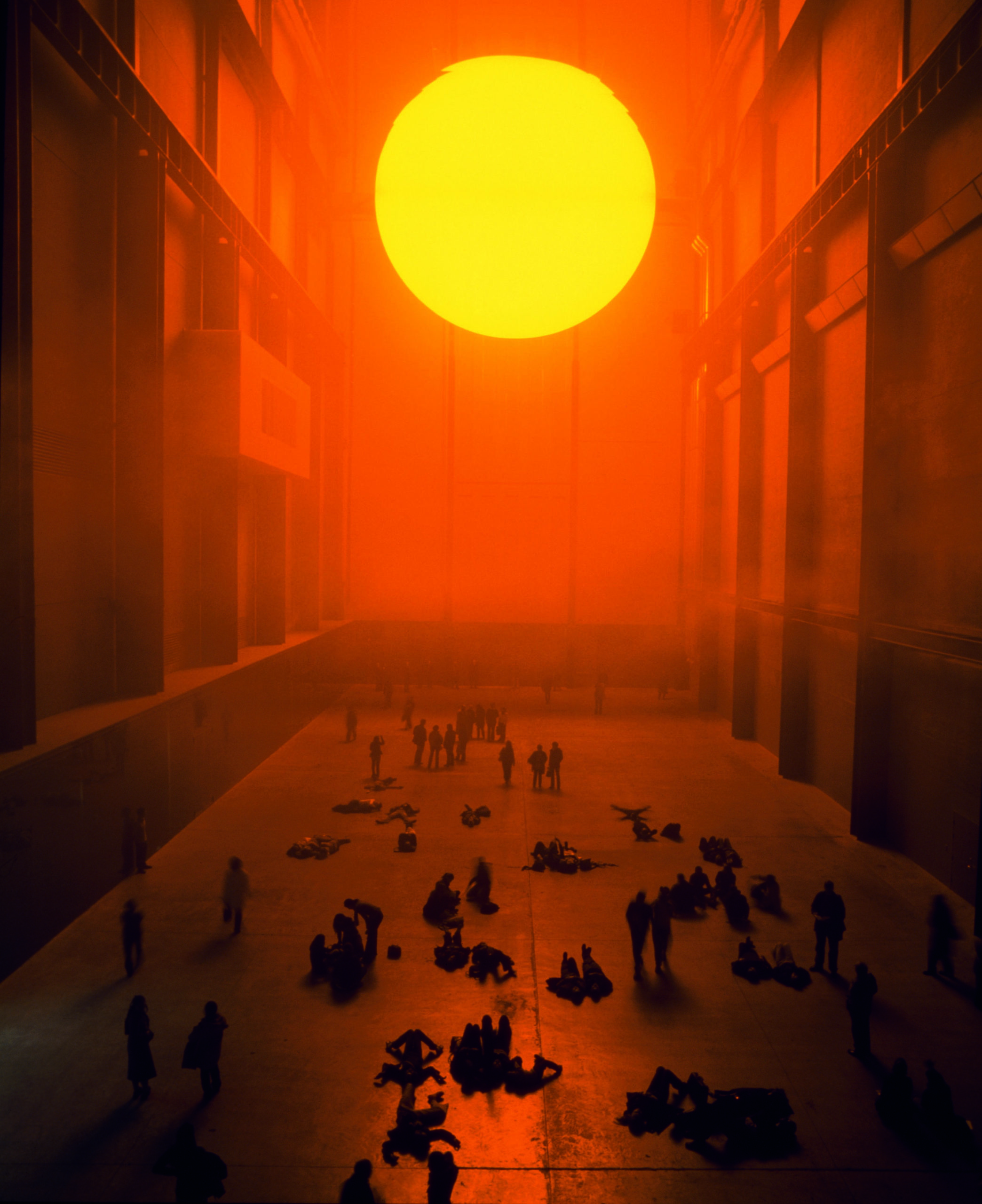
Olafur Eliasson
The weather project
2003
Monofrequency lights, projection foil, haze machines, mirror foil, aluminium, and scaffolding
Tate Modern, London (2003)
© Photo: Andrew Dunkley & Marcus Leith. Courtesy of the artist; neugerriemschneider, Berlin; and Tanya Bonakdar Gallery, New York © Olafur Eliasson
The format of the chapters remain similar: after introducing the artwork and its artist, Israel moves on to explain why each is considered a game changer for today’s art scene. It is with a striking clarity (a virtue reminding us the author’s experience as a university lecturer) that Israel makes us navigate the quite esoteric world of contemporary art, too often reserved to the elite.
Whitewall spoke with Israel to get insights on the book’s purpose and process of creation.
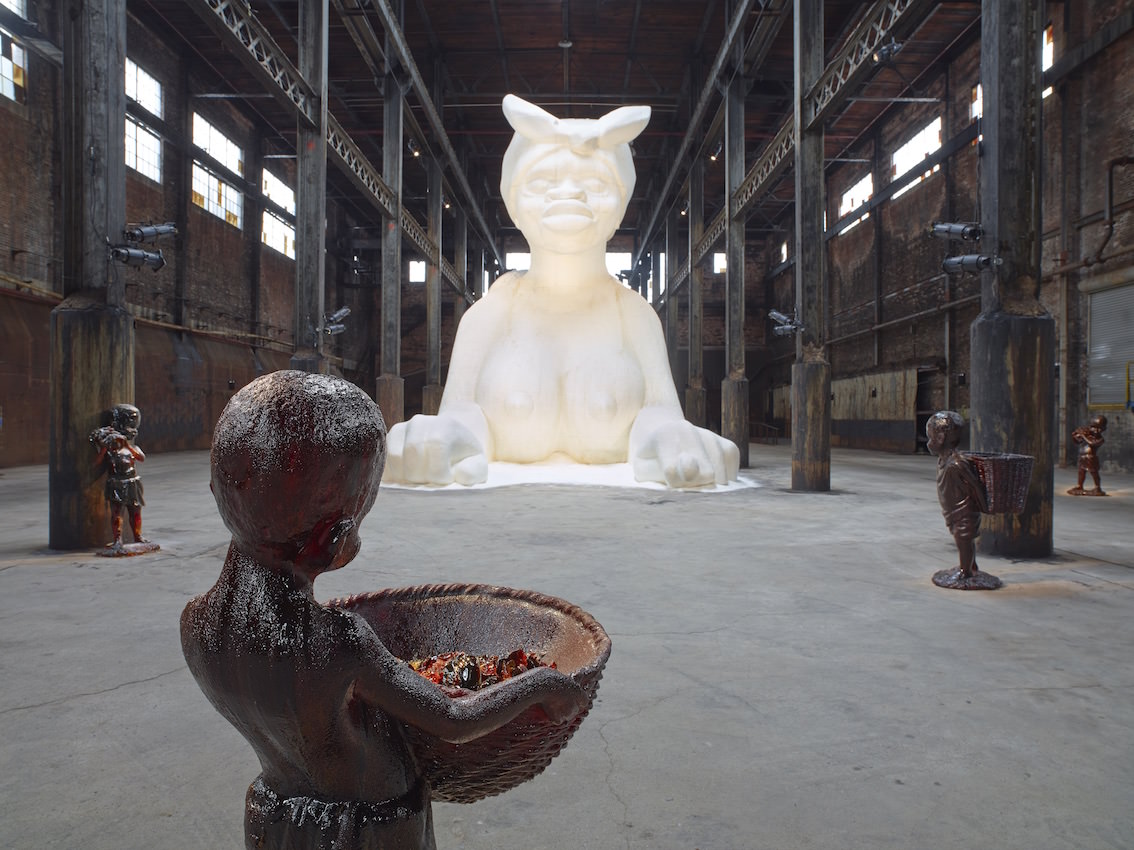
Kara Walker
A Subtlety, or the Marvelous Sugar Baby, an Homage to the unpaid and overworked Artisans who have refined our Sweet tastes from the cane fields to the Kitchens of the New World on the Occasion of the demolition of the Domino Sugar Refining Plant
2014
Polystyrene foam, sugar
Approximately 35’6″ x 26′ x 75’6
Artwork © Kara Walker, courtesy of Sikkema Jenkins & Co., New York. Photo: Jason Wyche
WHITEWALL: Let’s go back in time a bit and start with your background. Where does your passion for art come from and what brought you to studying art history?
MATTHEW ISRAEL: As with many people, a professional trajectory can be a complex story full of aspirations, accidents and false starts—but briefly, I grew up making art—mostly drawings, and as I got older, what could now be called “street art” influenced by hip hop and rap music—and progressively was more challenged by writing about it.
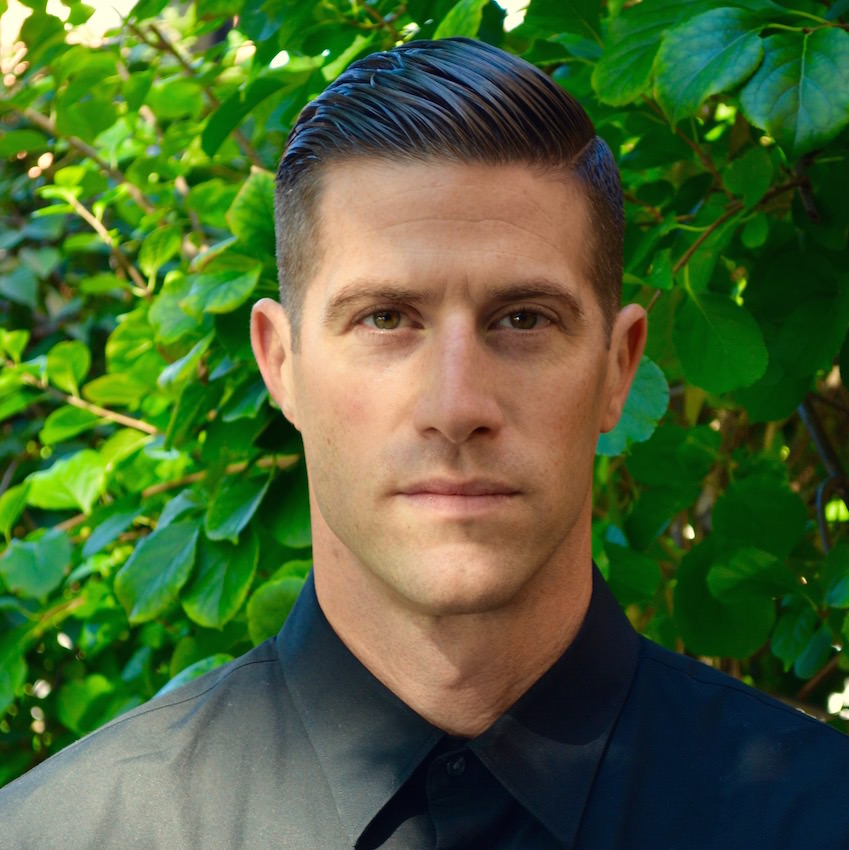
Matthew Israel
I didn’t totally fall for contemporary art and being an art historian though until I began studying with Molly Nesbit at Vassar. Molly was (and still is) brilliant, incredibly cool and dramatic and her classes were like portals to the international art world. Through Molly I was able to start working in the New York art world at places like Parkett (which sadly announced it was ceasing publication this year).
For a while, before and after college, I thought I wanted to be an art journalist, but as I started to contribute to magazines like Artnews and Artforum I came to the realization of how much I didn’t know. I had always thought of pursuing a PhD to teach, but this realization cemented my interest in being much more of an expert in the field than I was. For my PhD, I was lucky enough to study under Robert Storr, who was an incredibly inspiring advisor to me, at the Institute of Fine Arts at NYU. And though now I might not work in a museum or an academic institution in the traditional role of an art historian, I believe I am still very much fulfilling my mission as an art historian at Artsy, as the website and The Art Genome Project are very powerful and influential art-historical resources .
WW: Among your many roles, you are Artsy’s curator at large. Artsy makes it very clear that the platform’s mission is to make the art world more accessible and The Big Picture seems to clearly also fall in line with this principle. Why is it so important to democratize art nowadays more than ever?
MI: As I have written in The Big Picture, I believe engaging with contemporary art—for example, visiting exhibitions, reading about artists, and spending time discussing works and ideas with others—can be immensely rewarding.
Among other things, art exposes people to different cultures and their circles of power and prejudices, as well as their most promising ventures and enduring struggles. It also offers a consistent challenge to engage with new ideas at play in contemporary life, spanning from avant-garde philosophy to theories related to pop culture, which allow one a sense of the contemporary moment, however fleeting.
Contemporary art is furthermore one of the primary ways in which our physical world gets shaped—even if the effects of current styles are not immediately adapted. (Attention to this fact enables a consciousness and appreciation for how the world appears to us, and a stake in how it can be created for and in the future.) Finally, contemporary art—and art more generally—is a regular opportunity to imagine; to realize what can feel spiritual and magical in everyday life; and to occupy a space where there are no easy or absolutely “right” answers.
WW: In the book, you bring up social media as a way to democratize art and as a great platform for under-represented artists. How would you say social media and the internet have changed the way people engage with art?
MI: That’s a big question with a lot of answers, but for one, the sheer size and diversity of the art world—its pluralism—is made concretely and quantifiably visible in an unprecedented way by the Internet and sites like Artsy, as well as social media platforms like Facebook, Instagram, or Snapchat. This exposure of artworks was simply not possible in the past at anywhere near this scale. The group of art publications available worldwide pre-Google would not have even represented a fraction of a fraction of the imagery now available for perusal online.
Social media’s impact on the art world also extends to the exposure of art (often far) outside the top end of the market and/or critical consensus—what one might refer to as the art world’s “long tail.” This part of the art world involves artists represented by galleries well beyond international centers, artists who do not involve themselves in the larger gallery and museum system, and people who make work via nontraditional definitions or choose not to make art their main profession. This democratization of art definitely offers dramatic new opportunities for artists trying to make a living independent of the gallery system.
WW: How did you pick the ten artworks featured in the book? What was your process like when selecting those artworks? Did you focus more on the works themselves, their artists or the impact these works had?
MI: The choice of works was not to create a “top 10 list” or set of the most iconic works of contemporary art, but a strategic choice of—albeit what I think are some of the best—artworks in recent history that allowed me to share (and educate a larger public about) what I see as some of the most influential approaches available in contemporary art today. Inherently, my choices, while international and relatively more gender-balanced than the realities of the art world, are subjective, as any project of this nature must be. As such, in this case, my selections are limited by my experiences, my greater social and economic situation in this world, as well as my particular professional roles in the art industry.
WW: What is your next big project? Can we expect another book soon?
MI: While I am developing a few future writing projects, one of my main focuses is further expanding and improving Artsy’s OnSite series, Artsy’s global series of conversations with artists, curator-led exhibition tours, studio visits, performances, films, and book launches. While I deeply appreciate the value of what digital brings to the art world, OnSite seeks to foreground intimate and unmediated experiences with artworks and artists, and connect Artsy’s online audience to art, offline.
The Big Picture is available for purchase here.




